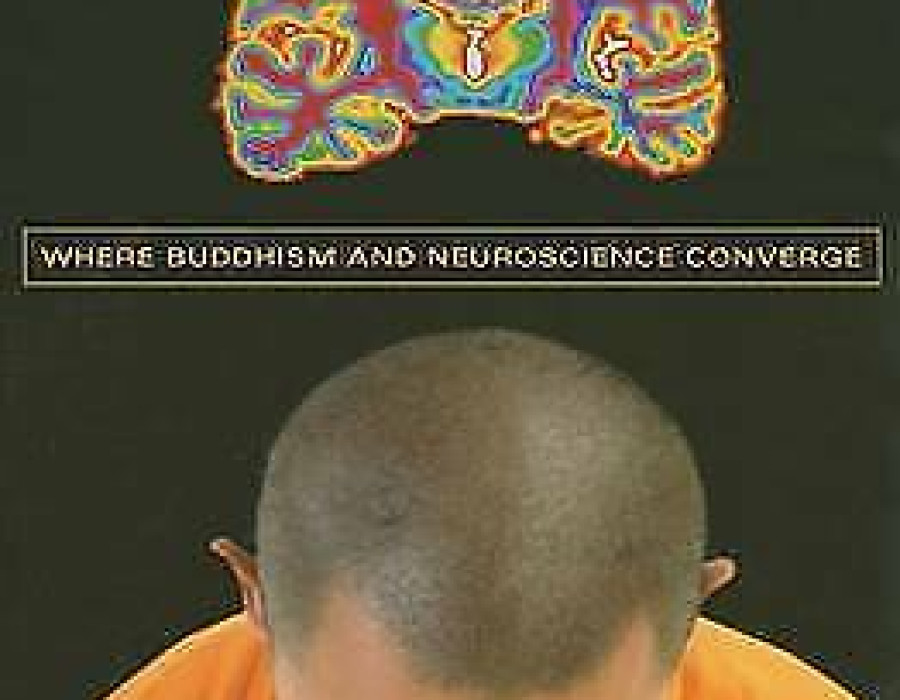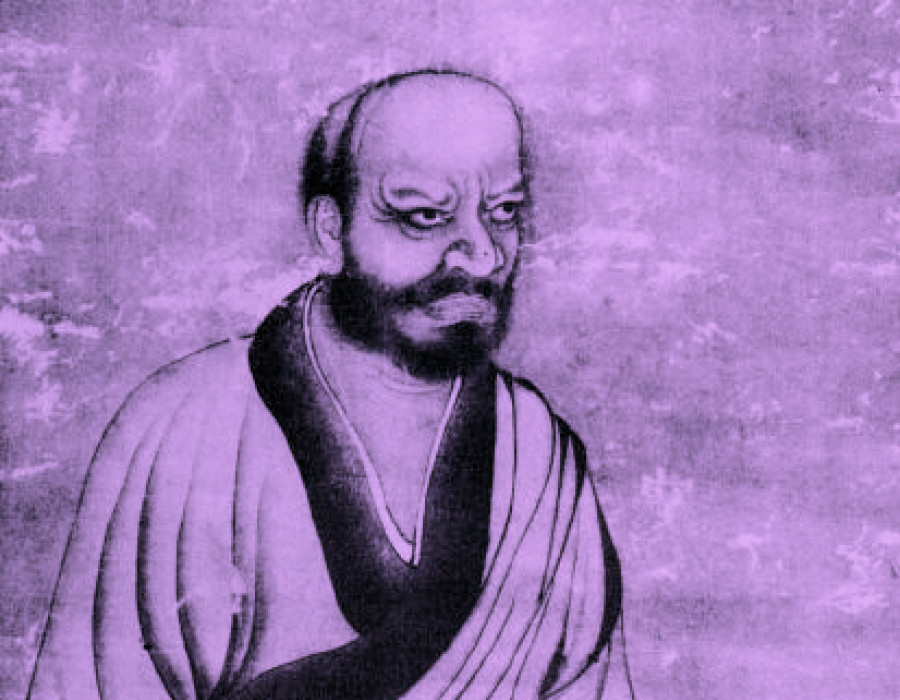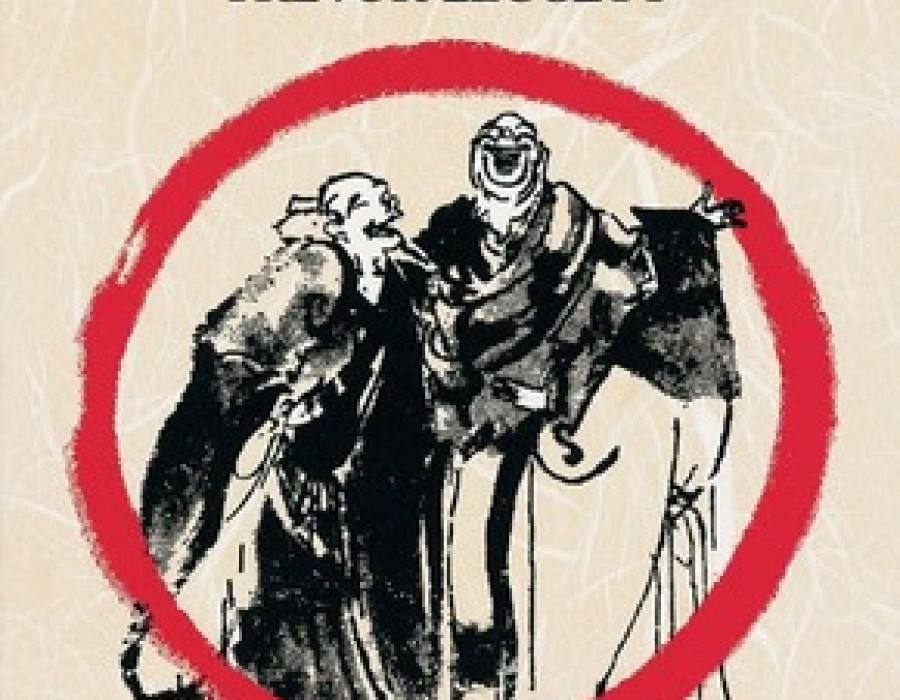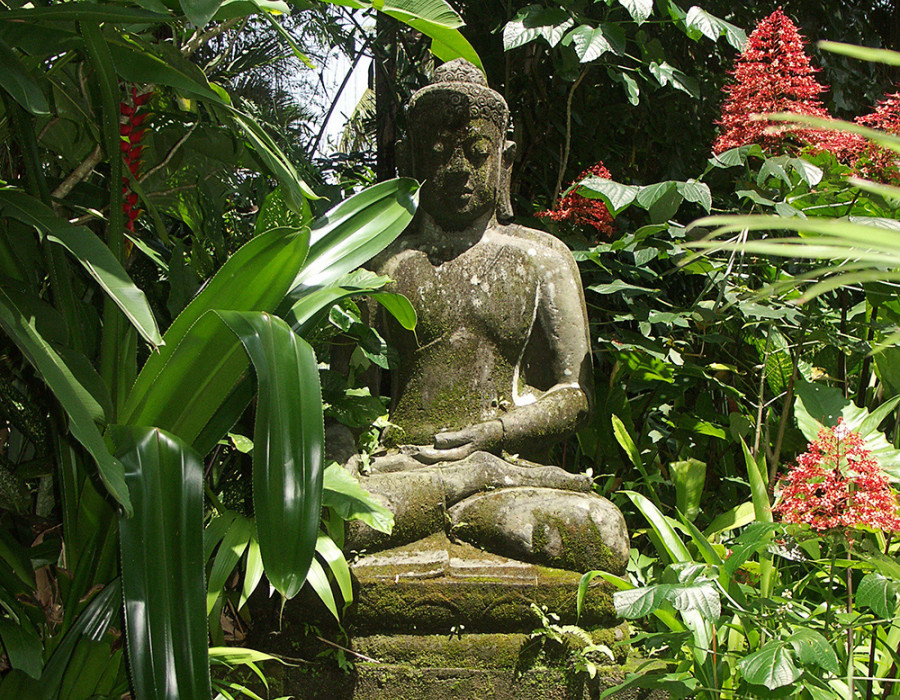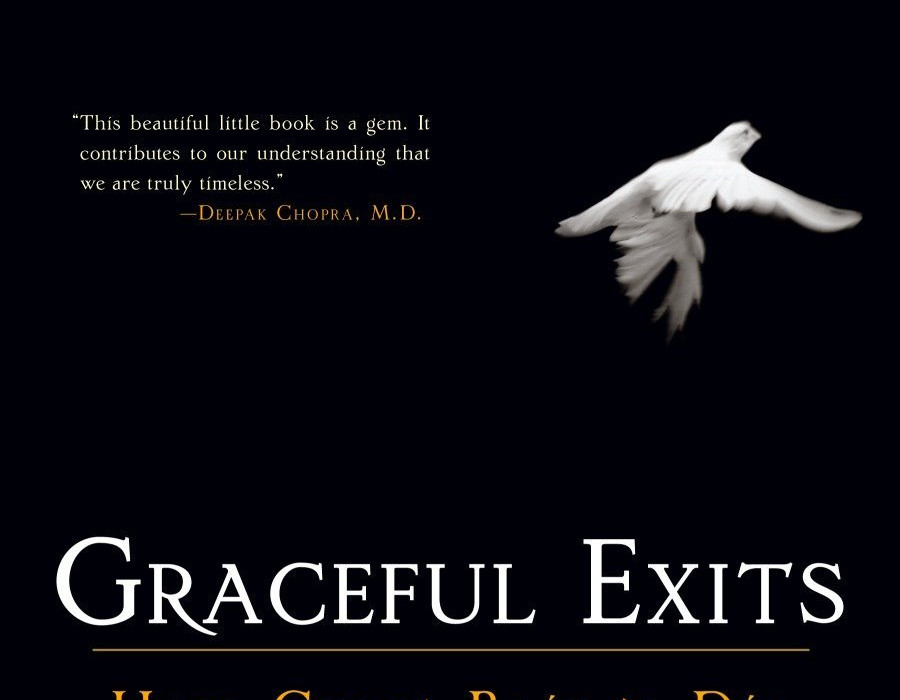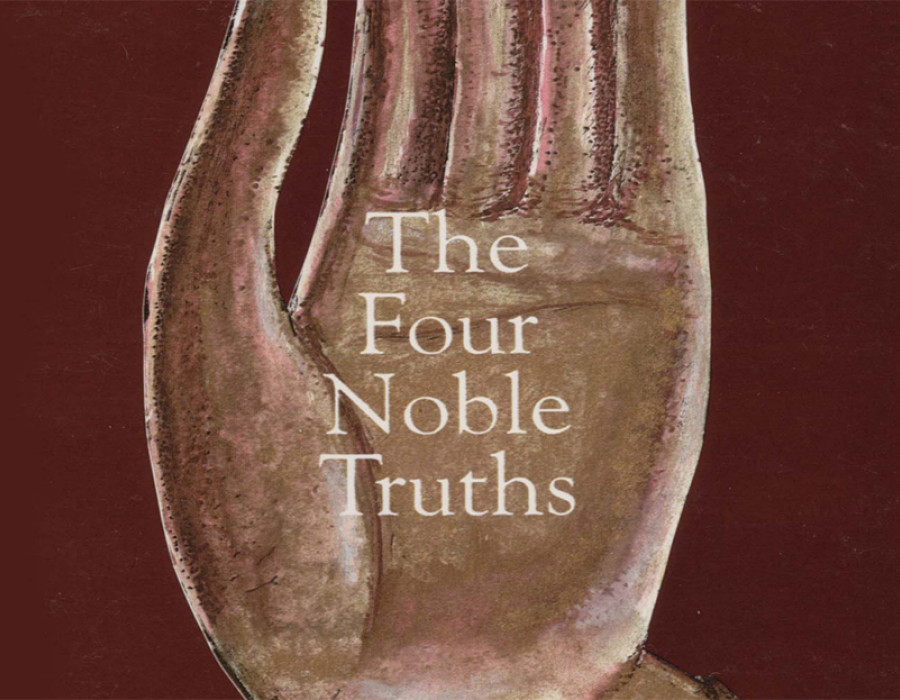Extract | A Global History of Buddhism and Medicine
Book Extracts
As well as being saints and gods, the Bodhisattvas are also considered to be manifestations of the Buddha nature which can be used for healing.
 ©
©
Certainly, the main texts associated with Avalokiteśvara count among the most popular Buddhist texts of all time. The chapter of the Lotus Sūtra that introduces him, which coruscated as an independent text in East Asia, promises that he could be called upon to save a devotee from catastrophe of any kind, including shipwreck, wrongful imprisonment, attach by bandits, and any causes of premature death, in addition to illness. The Great Compassion Dhāranī Sūtra, the text that contains the principal ritual to invoke Avalokiteśvara’s blessings, exists in many editions from across Asia. Some versions include instructions for the ritual blessing of medicinals and other procedures for the treatment of a wide range of ailments.
Other bodhisattvas that could intervene in cases of illness included Medicine King (Skt. Bhaisajyaraja). In the Lotus Sūtra, he is most noted for his demonstration of piety through acts of self-mutilation and self-immolation. However, a separate text dedicated to him and his brother, Supreme Medicine (Skt. Bhaisajyasamudgata), teaches a number of visualisation meditations that could be used for healing disease and eradicating misfortune. Another bodhisattva, Earth Treasury (Skt. Ksitigarbha), was associated with liberating the unfortunate dead from the realms of hell, but his protective talismans also could provide healing benefits in this world.
While important, bodhisattvas were not the highest beings with healing powers in the Mahāyāna pantheon. In addition to new conceptions of bodhisattvahood, a new vision of buddhahood also emerged in Mahāyāna. Whereas Nikāya Buddhism tended to see a buddha as an enlightened person who lived and died in a particular time and place in history, Mahāyāna discourses present buddhas as timeless, omniscient, all-powerful deities. Moreover, buddhas now were thought to populate the cosmos in all directions. Among the new buddhas, Amitābha or Amitāyus (“Infinite Light” or ‘Infinite Life”) was no doubt the most popularly venerated. He lived in the “Land of Bliss” (Skt. Sukhāvatī), a paradisiacal Buddha-realm or ‘Pure Land’ far to the west of our world. Reciting his name could result in rebirth within a lotus flower in a pond at his feet, thus ensuring a life of bliss, ease, and freedom from illness.
(A Global History of Buddhism and Medicine by C. Pierce Salguero; pub Columbia University Press 2022)
…………………………………………………………………..
Wilson’s assumptions and speculations about religion, expressed in his book Consilience, are evidently based almost entirely on the Judeo-Christian tradition, while ignoring the specific features of all other religious traditions throughout the world. Considering the wealth of information we now have in European languages about all the major religious traditions of the world, this oversight seems unjustified. But this form of ethnocentricity is unfortunately quite common, even in the contemporary academic study of religion. Religionist Richard King cites the long tradition in Western Orientalist scholarship to uncritically bring Christian assumptions about the nature of religion to bear on Buddhism. Academic Buddhologists have traditionally regarded Asian Buddhists as ‘native informants,’ and involvement with them, he writes,
“was usually subordinated to the insights to be gained from careful reading of the ‘canonical’ works of ancient Buddhists. This was seen as the most effective way to discern the true essence of Buddhism. The consequence of this trend was that ‘pure’ or ‘authentic Buddhism’ became located not in the experiences, lives or actions of living Buddhists in Asia, but rather in the university libraries and archives of Europe - specifically in the edited manuscripts and translations carried out under the aegis of Western Orientalists” (King 1999:150)
To understand Buddhism on its own terms, it is imperative that we in the West recognise the cultural specificity of our own terms religion, philosophy, and science and not assume from the outset that Buddhism will somehow naturally conform to our linguistic categories and ideological assumptions.
(Buddhism & Science by B. Alan Wallace; pub Montilal Banarsidass Publishers, Delhi)


